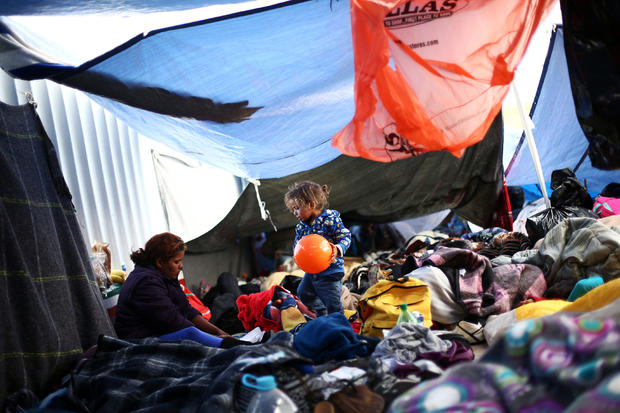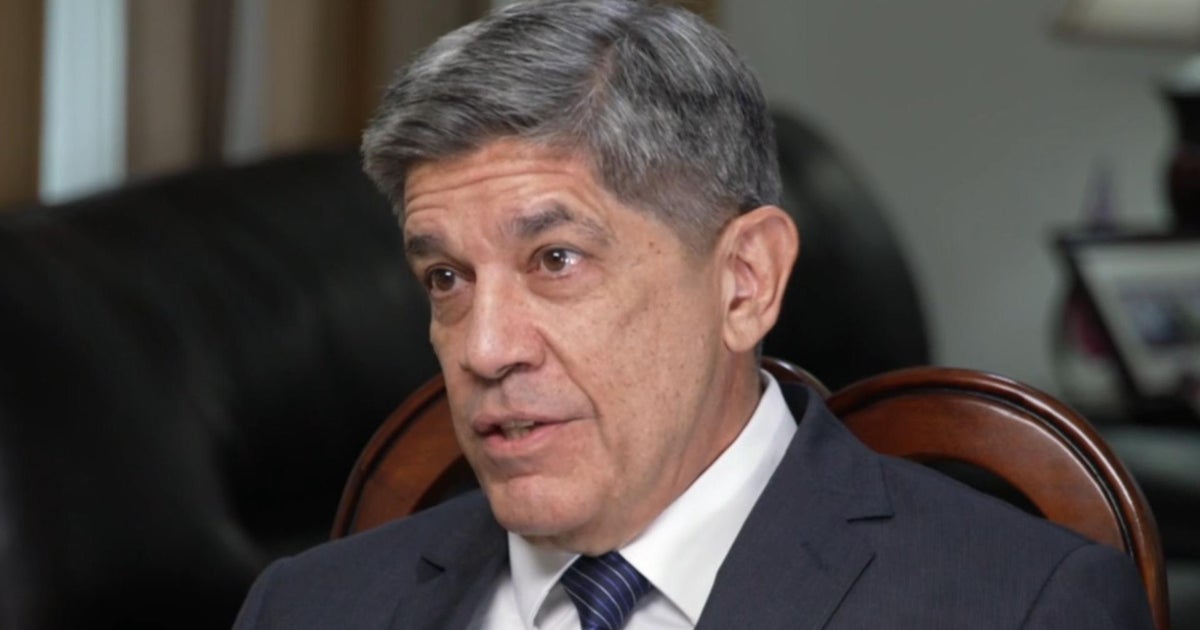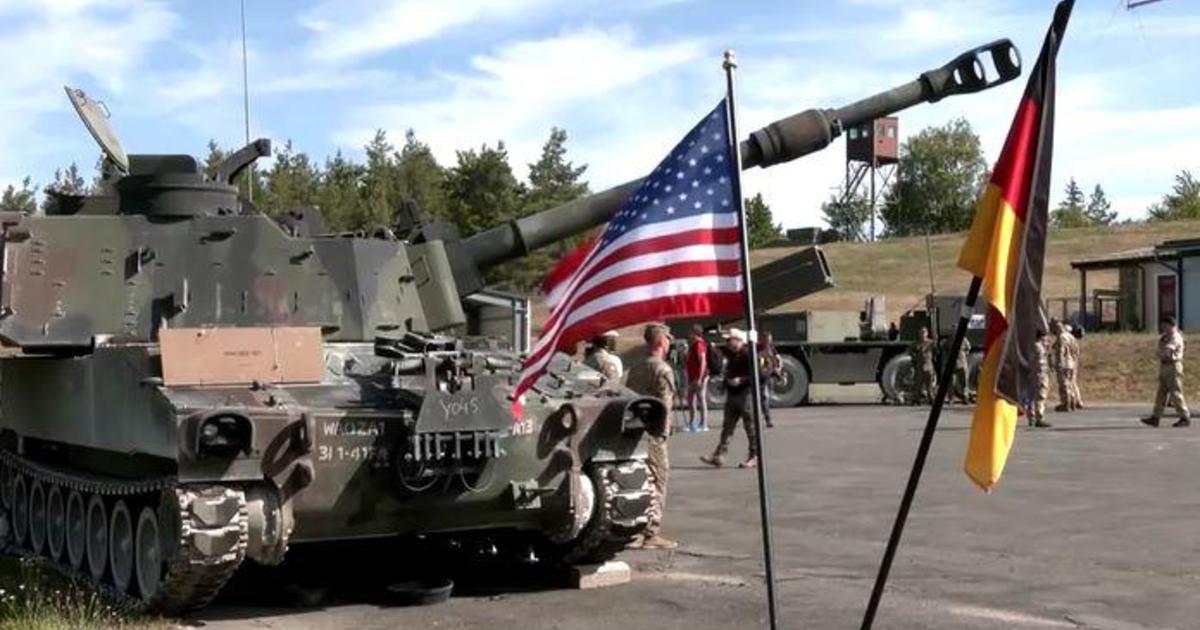A closer look at the migrant "caravan" at the border – what is it, and what comes next?
TIJUANA, Mexico -- A "caravan" of largely Central American migrants waiting to request asylum at the U.S. border is bigger and far more visible than in previous years. Caravans from Central America have made the trek since 2008, but have mostly been ignored, CBS News' Mireya Villarreal reports.
Here's a look at why this year's caravan received more attention and more participants.
What is the "caravan"?
Caravans have been a fairly common tactic for advocacy groups to bring attention to asylum-seekers. The latest group pales in size compared to previous border surges, but it gained huge visibility when President Trump unleashed strong criticism after it began on March 25 in the Mexican city of Tapachula, near the Guatemala border.
The caravan drew as many as 1,000 people as Mr. Trump and top aides portrayed it as a significant threat and evidence of a dysfunctional border. Over 100 Central Americans are now attempting to seek asylum in the U.S.
The largest single group of migrants in the caravan is from Honduras, although there are also many Guatemalans and Salvadorans.
In Honduras, political protests broke out after a disputed November election in which President Juan Orlando Hernandez won a new term and his opponent alleged fraud. At least 17 people died as police cracked down on protesters, and some caravan members are opponents of the president.
Why are asylum-seekers coming?
Violence in Central America continues to cause people to flee, despite falling homicide rates. Murders in Honduras and El Salvador fell by about 25 percent in 2017, but both are still among the most violent countries in the world. Street gangs known as "maras" are also ubiquitous and prey on small business owners and families through extortion.
Many migrants this year said they joined the caravan because they felt there was safety in numbers while they traveled along the route from Mexico to the U.S. border. There is significant violence perpetrated by gangs who prey on migrants on the final leg north.
Staying behind
Some Central Americans are requesting asylum or humanitarian visas in Mexico, but more than half of those who filed asylum requests in Mexico in 2017 have not received an answer. Mexico says its application procedure was slowed down by damage to its offices caused by the Sept. 19 earthquake. It has temporarily suspended the 45-working-day deadline for ruling on applications, which may have led some migrants to look for refuge in the United States.
In the headlines
Mr. Trump and members of his Cabinet have been tracking the caravan, calling it a threat to the U.S. since it started. Mr. Trump has cited the caravan as justification for the border wall he wants to build and said he ordered the Homeland Security Department to "stop the caravan."
Attorney General Jeff Sessions called it "a deliberate attempt to undermine our laws and overwhelm our system," pledging to send more immigration judges to the border to resolve cases if needed.
But comments urging Mexico not to allow the caravan to reach the U.S. border may have given the group more publicity than it has had in the past and inspired the migrants to continue on.
During a visit to the California border Monday, Vice President Mike Pence said the group is proof immigration reform is needed. He acknowledged, however, that the U.S. will hear their cases.
"Make no mistake about it: These families -- often women and small children -- are victims," Pence said. "They're victims of open border advocates, who support and encourage them to take a long and dangerous trip."
"We'll process them under the laws of this country," he said.
What's next?
The caravan members are slowly beginning to enter a U.S. facility at San Diego's San Ysidro border crossing, with eight entering Monday and six more Tuesday. About 120 others are still waiting for initial screenings by U.S. asylum officers, after which they may be deported if their claims are rejected.
They could also be detained or released with ankle monitors while their cases wind through immigration court, which can take years.




